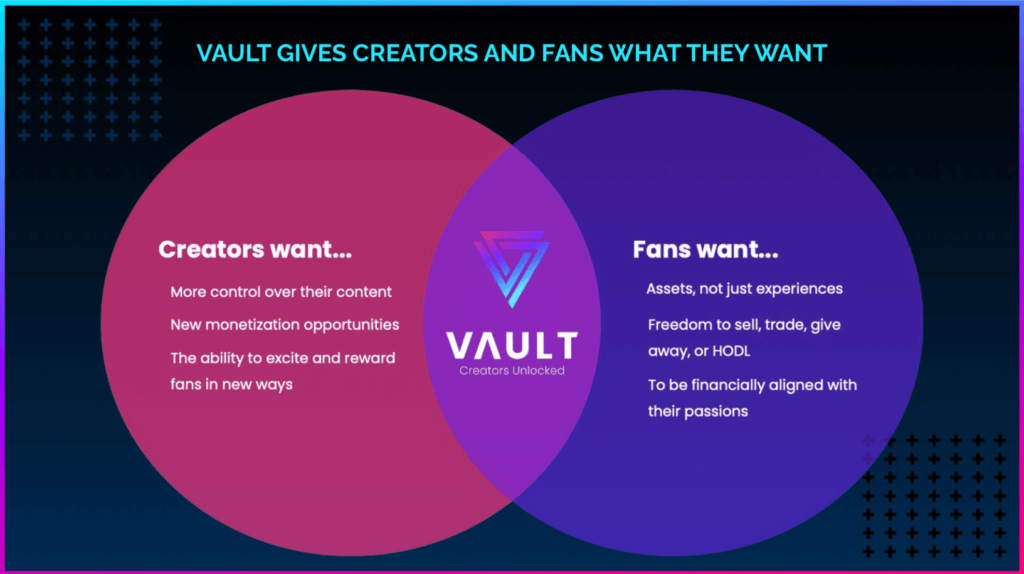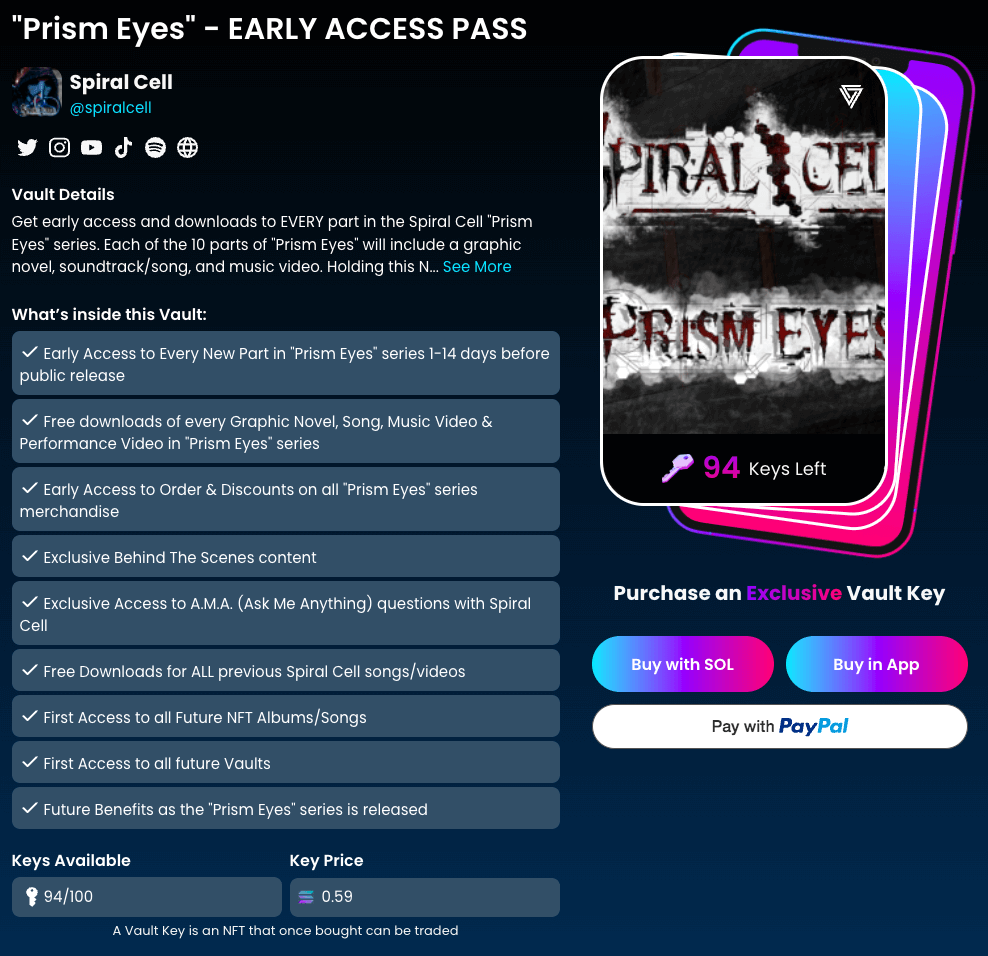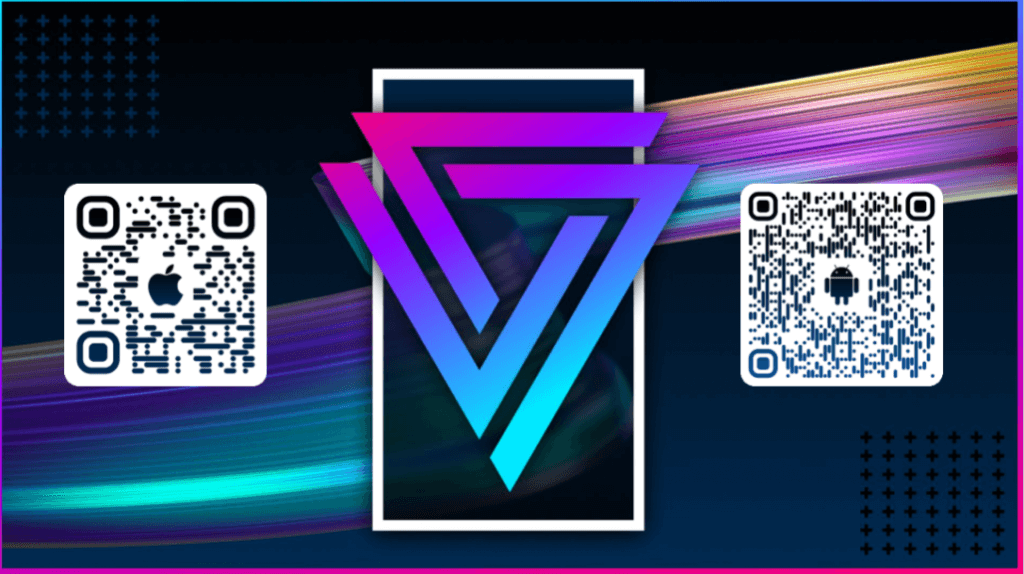NFTs! Web3! Blockchain! You’ve heard about them, your fans are into it, but you have been stuck in the studio working on this damn album and have very little time to really jump in. You don’t want to lose money, but you don’t want to miss out. You’re also not a smart contract genius, you’re an artist, a creator, a musician. And what the hell is up with these Ape Yacht pictures anyway?
Alright. Let’s simplify. NFTs are not just a stupid jpeg. Some can be complicated and ridiculously priced (there are reasons for this which have nothing to do with any of us). But they don’t have to be expensive or complicated.

In the music space you can look at NFTs as a way for your fans to join your fan club. A fan club card which shows they own it (an entry on the blockchain with a wallet address), and details as to what that fan club card gets you (the utility written into the smart contract). This may be the download of the song, a video, stems of the recordings, even partial royalty participation for anyone who owns that NFT.
Let’s make it even simpler. What if you could build excitement and reward your super fans with content around a project like a tour or new release all in one place? Patreon kind of does this, but it’s about supporting the band or artist, not particular projects. And if you stop paying, you lose your access. It also forces creators to constantly be churning out blog posts and updates, instead of concentrating on artistic creation. Kickstarter kinda does this, but people get burned waiting for rewards or content that may never come even after they have pledged money. Neither creates exclusivity or rarity.
That’s what NFTs do. When a fan buys an NFT with their wallet, they own that experience, it’s verified on a blockchain. They can even sell that NFT to someone else and make a tidy profit while also generating more royalties for the creator each time it’s sold.

Kara Burney CMO – Vault
Vault is a new platform which is making this process easier for creators and fans to participate in. Creators like you create a “Vault” around a project and then sell a limited number of “keys” as NFTs which unlock all of the content you package and place in that Vault. That content can be music, multiple videos, early and exclusive access to future drops, lyric sheets, private messages, journals, behind the scenes pictures, stems of the songs for remix, links and more.
Fans who are keyholders then can experience all of that inside the app on mobile, anytime, anywhere. You could even throw exclusive real-world events for keyholders.
Vault is built on Solana which means that those gas fees you’ve heard about are far, far lower, and crucially the environmental impact is as low as possible, with a public commitment to lower the carbon footprint of the NFT ecosystem.
While I think that NFTs can be useful for musicians for revenue generation and building an audience– as well as rewarding for fans–I worry about too much time being spent on the tech side and marketing and not enough on the art. Vault is solving that piece of the puzzle, making it easy and understandable for musicians to create something exclusive and fun for their fans, and make some good revenue doing it; which means more money and time to create more music. I am down for that.

I spent a lovely afternoon chatting with Kara Burney, CMO of Vault, to give us some insight into what they have built and how it can help musicians make sense of this NFT wave.
What got you into working with Vault?
I got my start in book-to-film rights scouting and script development before taking a jump to do marketing and tech. I had been thinking a while about getting back towards arts, entertainment, and technology working with creators.
Then I discovered NFTs and went down the rabbit hole myself. I was never really interested in the cryptocurrency space. When I saw NFTs it kind of clicked for me. A way for creators to own more of their revenue but share some of their art in a new way.
How do you see the rollout of Web3 and what are some of the challenges we’re facing?
I think there is a ton of exciting stuff happening in Web3. Specifically, for artists to share and monetize their creativity. I think it has to be both. Share AND monetize – for it to make sense. It’s a huge opportunity, particularly in the music and the athlete space. Those are two categories where you have really loyal fan bases who want to interact more.
Everyday fans and creators have a large adoption curve to overcome. The blend of mobile and desktop experiences is still happening, and that piece will be important. So much of the NFT world is done on desktop now, but we’re getting there with Metamask and Phantom having mobile wallets. Things will get interesting when the real world and Web3 interact with each other — this is why we built Vault mobile-first. It’s not easy for musicians to participate in NFTs and Web3, there is a lot of pressure for them to offer some kind of utility for their fans right away and to follow up. Vault is trying to make that much easier.
There is huge potential for NFTs to fit with the hype cycle of the album or single release. That is something Vault is working on, unlocking project-based hype cycles that fit with your creator cycles, so creators don’t burn out or burn their fans out.
What’s the elevator pitch for Vault?
Let’s tear down these barriers to entry with straight up ease-of-use. And let’s add a storytelling component with immediate utility on top of it for everyday fans and everyday artists.
Is Vault a platform or a marketplace?
We are a platform. The marketplace element is specific to Vault. Fans can buy keys on our website, with SOL or with a credit card. They then can unlock access to that Vault and enjoy all that is in it, and it can continually be added. It becomes an unfolding story where musicians can drop in links to private events, tickets, or more.
A lot of opportunities for surprise and delight.
Why did Vault choose Solana (blockchain) and not Ethereum or Cardano?
First and foremost, environmental impact. That is very important to a lot of musicians, and a factor in where they want their work stored. Solana has a public commitment to carbon neutrality. The gas fees, of course. Lower gas fees and transaction fees are really important for the everyday fan to be able to participate at the consumer price purchase level. We’re talking about $20, $50, $100 gas fees are a rate limiting step. You cannot buy something with the gas fees you find on Ethereum at that level. Ease of use of the Phantom wallet is another reason.
How does a music creator upload files to their Vault?
We have started with having all files uploaded by mobile into the app. We started there because we wanted creators to be able to post in real-time from a show or rehearsal, as if they were posting an Instagram Story for their keyholders. For instance, if you are backstage and you wanted to drop a quick video, or an afterparty announcement to [them], you could record it straight in the app and post it…instantly. We will enable web upload eventually, but our priority right now is mobile to enable real-world connection.

Have you seen any secondary market sales for keys, or is it still too early?
We haven’t launched secondary sales yet. We want people who are early to the platform to have an experience with the artist for a long time rather than buying keys just to quick flip them
Let’s break down Vault fees.
Creators receive 92% and VAULT will receive 8% of each initial key sale. Secondary sales: Initial Key owners will receive 8% and Vault keeps 8% of that. A caveat to that is any in-app purchase subject Apple’s or Google’s cut, which we do not participate in.
So, how much should I offer my Vault keys for? Is there data on good opening floor pricing?
It depends on what the content in the Vault is. Some may be producing much higher value content like a video series with multiple episodes, and you would maybe want to charge more. For us, we think the pricing should be similar to a real-world purchase. Is it comparable to like 2x the concert ticket sale price, or the price of a t-shirt? Or, like a $49.99 special vinyl? It should feel comparable with your other revenue.
Many of the projects are selling keys for around .33 SOL floor price which is about $29.99 (depending on the market rate of SOL). We recommend .05-1% of your social audience as a rule of thumb to how many keys you should make available. Find a price that’s consumer friendly.
We price in USD and then back convert to Solana. So, consumers will see the real-world price, creators get paid in Solana, and are free to do what they will. You get paid for every Key as it is sold and the smart contract triggers. So, you do not have to wait until the Vault keys sell out.
Any parting words for musicians?
We are excited to give musicians the ability to connect with fans in a new and different way, but also rely on their supporters that financially aligns them all. It’s in everyone’s best interest to have a better fan experience and a better way for creators to concentrate on creating art.
==========================
Here’s how you can try it for yourself.
- Go get a Phantom Wallet here as a mobile app (or chrome plugin): https://phantom.app/ Setup your Passphrase. You’ll want to add at least $20 in SOL (that’s the crypto for Solana) to your wallet and the Phantom site will walk you through it.
- Download Vault on iOS or Android OR on desktop go to https://vault.fan and connect your Phantom wallet and then hit the Creator Dashboard. Now you can look at other Vaults for great ideas on how other musicians are pricing and what content they are offering.
ABOUT THE AUTHOR
–Michael St. James is the founder and creative director of St. James Media, specializing in music licensing, publishing, production and artist development.
